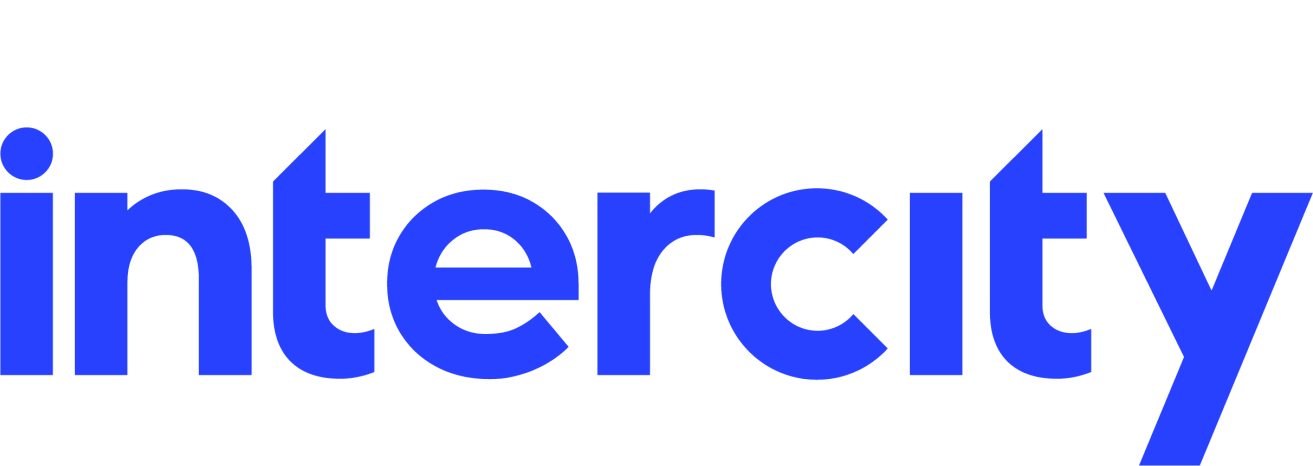BLOG
Is Private Cloud the more expensive option? Think again.
The benefits of moving to the Cloud are profound and well understood. Giving employees the ability to work from anywhere has quickly become a priority for many businesses and migrating data to the Cloud allows for seamless transition into working from home. Private cloud is becoming a popular solution, but with so many options out there for cloud migration, it can be difficult to know what’s right for you and your business.
WHAT IS PRIVATE CLOUD?
Private cloud is a type of cloud architecture that is dedicated to a single organisation. Private Cloud can be hosted on their own existing infrastructure, so it’s a great option for businesses who have invested heavily in their physical infrastructure. There are also options for the cloud service provider to fully manage the cloud environment, meaning all updates, upgrades and maintenance are the responsibility of the provider, taking the burden of expensive and time-consuming maintenance off the customer.
HOW IS THIS DIFFERENT TO PUBLIC CLOUD?
The best analogy we’ve heard for the difference between public and private cloud is that private cloud is like your own house, and public cloud is like an apartment.
In a public cloud environment, instead of having a dedicated cloud environment, the service provider allocates resources to their customers, all using a shared cloud infrastructure. This brings a few key advantages, particularly for new businesses without legacy hardware, as they avoid the upfront costs associated with data storage and utilization.
WHY SHOULD I THINK ABOUT PRIVATE CLOUD?
Whether you have existing hardware or not, private cloud solutions can be more cost effective compared to public. According to a study by 451 research, 41% of 150 IT decision makers were operating their own private clouds at a lower cost than the equivalent public cloud resources. Another 24% said the premiums they paid for having a private cloud was less than 10% compared to public.
HOW DOES PRIVATE CLOUD SAVE COSTS?
“Private cloud allows a large number of users to share resources without any performance issues; thus, it contributes to the cost savings as users become more efficient in their work. This impact is the most valuable because it is a continuous saving,” one IT director said in the study.
Experts suggest that due in large part to hidden charges, including network bandwidth, businesses are often not aware of the total cost of ownership (TCO) of a public cloud until the bill arrives. Public cloud is becoming notorious for its hidden costs, like data transfer and migration fees.
These hidden costs are precisely why an IDC report from 2018 shared that 80% of enterprises that had migrated to public cloud reverted back to their existing solution within two years. Depending on the needs of your organisation, the ability to tailor your private cloud solution could save you from the shock of hidden fees.
All cloud migration solutions offer increased flexibility and scalability for any business. Private cloud is different as you don’t have to uproot your existing systems to expand your infrastructure. Because you can customise your private cloud solution, businesses ensure they are only paying for what they need.
Wherever you are with your cloud journey, our Cloud Migration Toolkit can help you find the right way forward.
Subscribe to our newsletter
YOU MAY ALSO BE INTERESTED IN:


